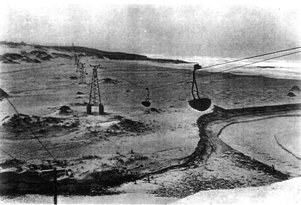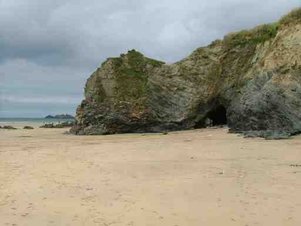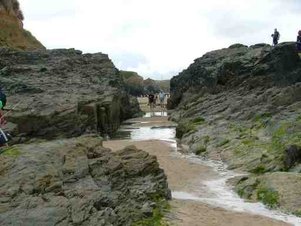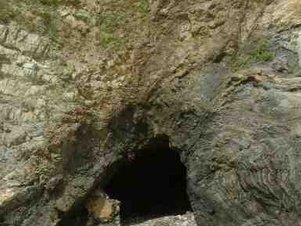Your local, independent guide to Gwithian and the Towans
Newsflash:
THE ROAD TO NOWHERE APPEARS AGAIN.
The regular reappearance of this bit of heritage always sparks interest and theories, Link to the latest news on Cornwall live:
TIN
Like much of Cornwall Gwithian Towans is synonymous with tin production and extraction, with sand being sifted and processed to extract the tin contained within it. The large concretete blocks that formed the base of the towers that carried the cables , that carried the buckets of sand to the extration site beside the Red River, are clearly visible still on the Towans . Shafts that were dug on the cliffs can be viewed at the top of the steps to the beach and other relics of Cornwalls mining heritage litter the beach and the towans. Mining families were the first to erect caravans and bring old railway carriages on the towans to make the first holiday homes and places for works summer parties for the staff at Holmans and other mining related buisnesses. There has been much other work over the years, Bronze age residents took Flint from the Gwithian trench, the English arsenic company had a factory here in the early 19th cenury and the nearby Harveys foundry in Hayle and Loggans Mill (next to Lidl) all hark back to a mining and treatment heritage second to none.. Those with an interest in engineering will marvel at the recntly refurbished sluice gates at the copperhouse pool next to Asda
Dynamite and Armaments
Along the towans, because of the isolated position, The National Explosive Works produced cordite and explosives in custom made buildings between 1800 and 1930. remnants of the buildings can be found along the coast path on what is still refered to as Dynamite Towans.
WORK
Between the two great wars Tin was still being extracted from the sand beyond St Peters Point. Loads were taken by horse and cart, by tractor and by huge buckets suspended on cables, right the way across the beach to the Sand Sifters site by the Red River, now occupied by the Rockpool Bar and Cafe.
Iron work, brick and stone walls, rail lines, frieght carriages, concrete structures and much more.
Keep your eyes peeled for remnants of the Towans proud history as the cliffs erode and the beach and nature reserve become joined together.
The cut through the rocks by the Sheep's Pool was blasted by the mining company to allow the horse cart loads to continue along the beach as the tide came in. As the men were paid by the cart load, they had often carried 'just one more' load around the rocks as the tide lapped at the horses ankles, it is said that the cut was blasted after a cart was lost trying to get around a little too late.
The small cave known as 'Iron Doors' on the way to St Peters Point was used to house the big caterpillar tracked tractor that took loads across the beach at another time, the brickwork that held the huge door to the impromptu garage still remains in part.
